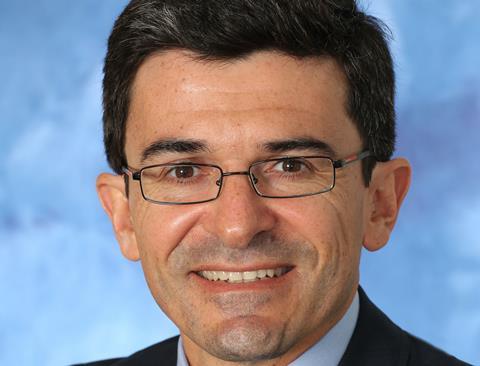Cities with a strong concentration of ‘productive’ human capital are better placed to deal with economic downturns, according to new research presented at Mipim by LaSalle Investment Management.

The LaSalle European Human Capital Index (LEHCI) is based on a study of 300 European regions and is intended as a 'tool' to help investors decide where to invest alongside other factors.
It highlights Berlin as a city set for notable growth in its human capital stock due to its innovation district. Other 'emerging sub-markets' where long-term bets can be made include London’s East India Docks, Amsterdam Sloterdijk, and the Paris Quartier du Marais.
'Most investors use cycle analysis to decide where to invest, that's usually a 3-5 year outlook horizon,' LaSalle’s head of European research & strategy Mahdi Mokrane said during a roundtable discussion at Mipim organised by PropertyEU. 'What we've done is create a tool which can rank cities and regions across the 300 regions in Europe on human capital to help us decide where are we going to go underweight [in our real estate investment portoflio, ed.] and where are we going to go overweight.'
LaSalle defines human capital as the capacity of the population to drive economic growth through productivity. Gender and inclusion are also factors that stimulate human capital as the research notes that in Europe, 53% of the working age population with tertiary education are female. Faster technological progress is spawned in areas with a higher stock of human capital to increase productivity and ability to deal with new technologies.
Besides what Mokrane describes as the 'usual suspects' – 24-hour cities like London, Paris and Berlin – a number of other less wellknown cities also score strongly in the index. They include cities like Southampton, Copenhagen, some of the smaller cities in Switzerland and Austria and even some of the smaller cities in the Nordics.
Mokrane: 'What we've done with the LEHCI index is go back 10 years to 2006. We said: let's build human capital-rich portfolios and human capital-poor portfolios. Unsuprisingly, human capital rich portfolios proved to be very resilient to the downturn and GFC and have massively outperformed other regions over a 10-15 year period.'










